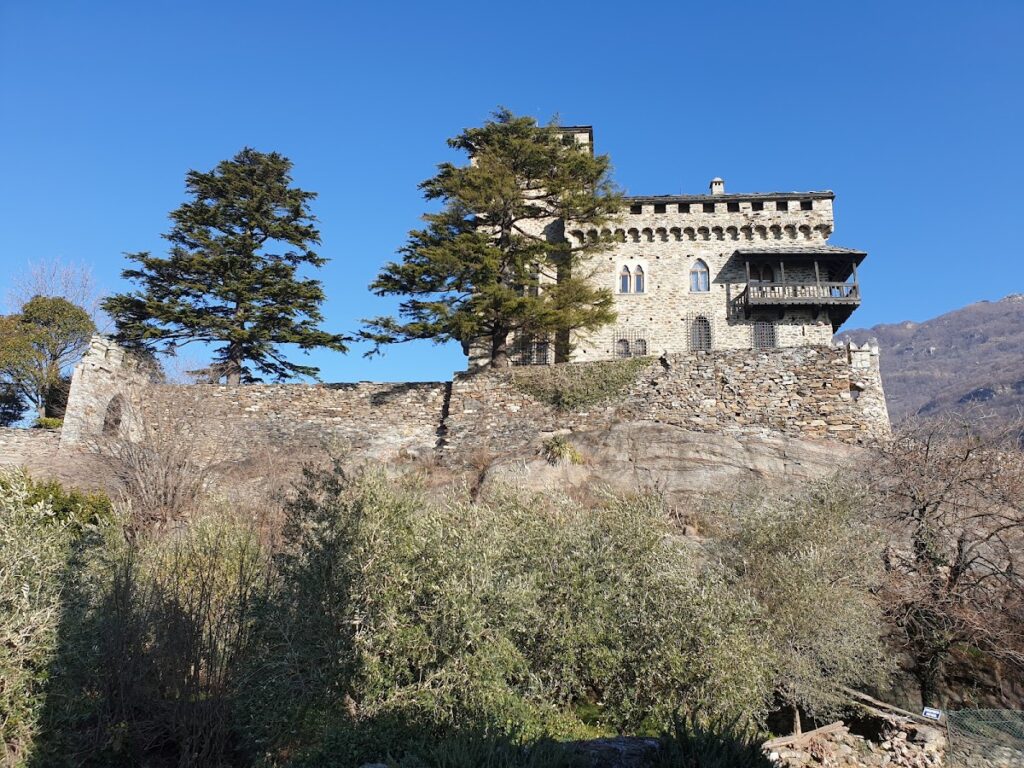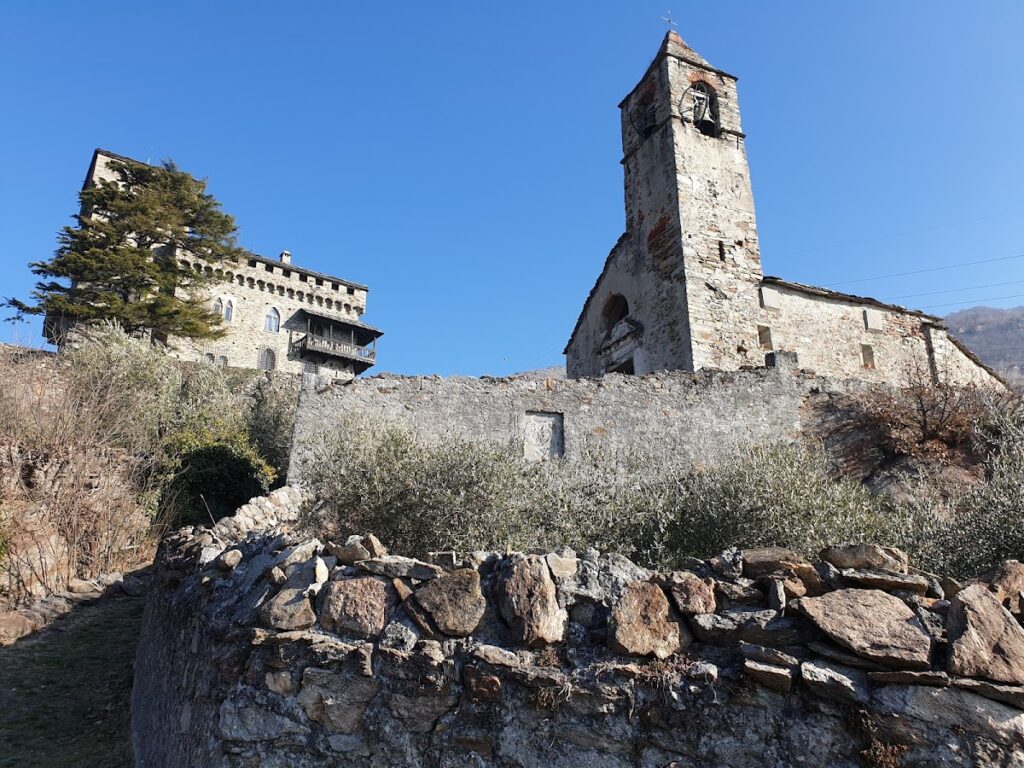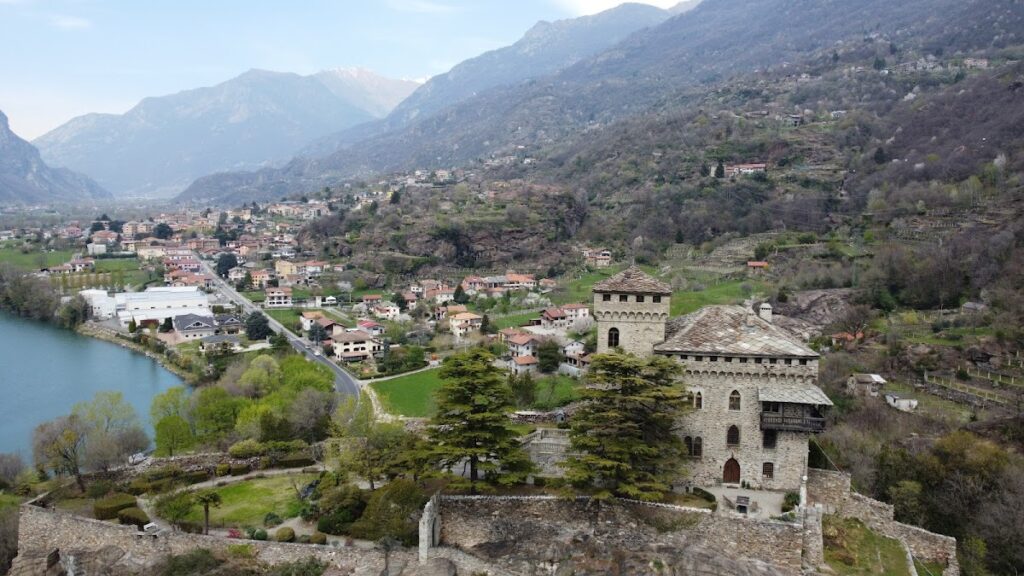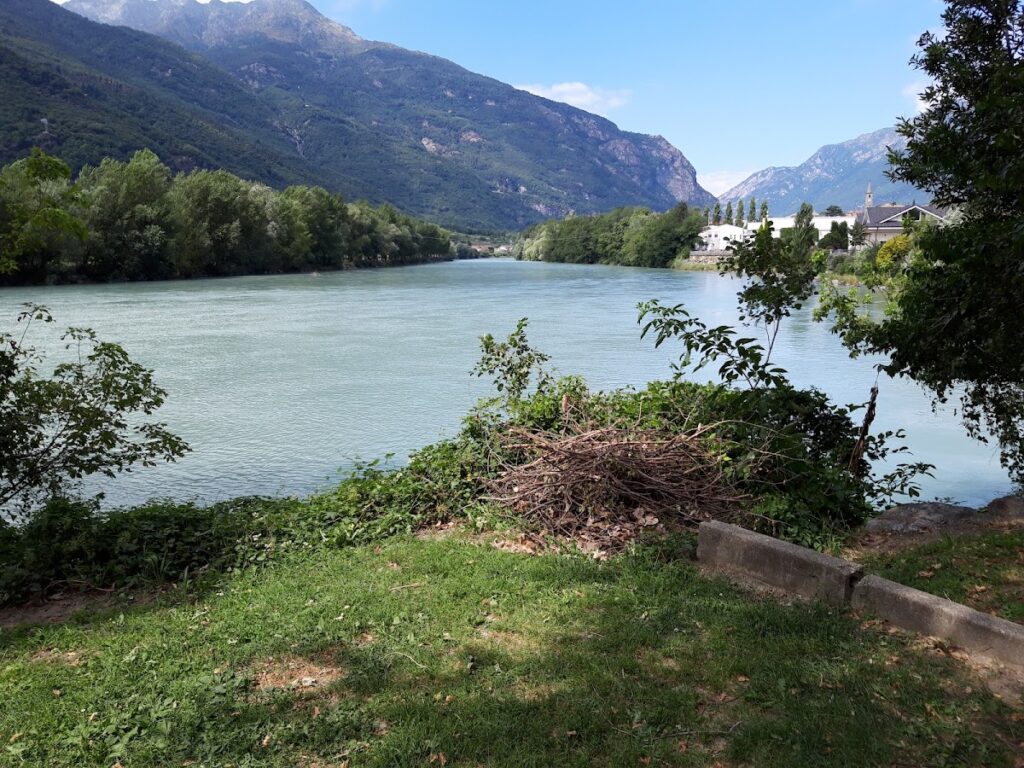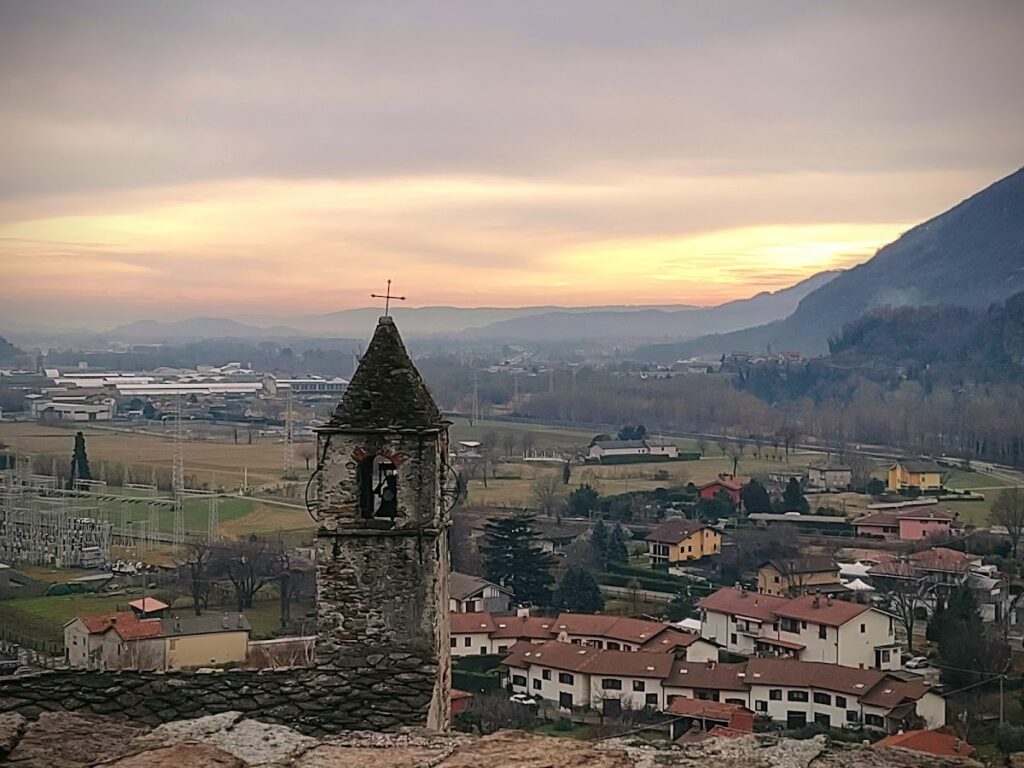Montestrutto Castle: A Historic Fortress in Settimo Vittone, Italy
Visitor Information
Google Rating: 4.4
Popularity: Low
Google Maps: View on Google Maps
Country: Italy
Civilization: Unclassified
Remains: Military
History
Montestrutto Castle is located in the municipality of Settimo Vittone in Italy. Its origins trace back to the 9th century when it was established as a defensive tower built by local Benedictine monks to protect their nearby monastic community.
During the 11th century up to the mid-13th century, control of the castle passed to the bishop-counts of Ivrea, who exercised both religious and political authority in the surrounding region. This period emphasized the castle’s role in governance and defense under ecclesiastical leadership.
In the 14th century, the castle became part of the holdings of the House of Savoy. It was positioned under the strategic oversight of the larger fortress at Settimo Vittone, situated roughly two kilometers to the north, which controlled the area more broadly.
The mid-16th century brought significant change when Duke Charles III of Savoy ordered the castle’s destruction between 1553 and 1565. This was a military measure designed to remove obstacles to French military movements amid ongoing conflicts involving France and Spain in northern Italy. Although reconstruction efforts were requested by the property’s owners in 1577, decisive information about a full restoration during that period remains unclear.
Montestrutto Castle experienced further damage during a French attack in 1704, compounded shortly after by flooding. By the early 19th century, specifically around 1800, partial rebuilding had occurred. However, Napoleon Bonaparte again ordered the castle’s destruction to facilitate his Italian invasion plans.
In the early 20th century, the Pecco family, notably General Cavaliere Fernando Pecco, rebuilt the tower using the old foundations and added an extension. A more thorough reconstruction took place after 1919 when the Broglio family acquired the property. They transformed the castle in a neo-Gothic style inspired by medieval architecture from regions such as Piedmont, Liguria, Lombardy, and parts of France. This renovation was completed by 1926, including interior frescoes by the painter Carlo Gaudina.
Following a series of changes in ownership, the castle was purchased in 1929 by the daughters of Rosario Scalero, a prominent violinist and composer. They used Montestrutto Castle as both a residence and a place to teach music. After Scalero’s death in 1954, the property was inherited by his daughters Alessandra and Liliana, who gained recognition as translators.
Remains
Montestrutto Castle stands on a rocky outcrop that commands the entrance to the Aosta Valley, overseeing the east bank of the Dora Baltea river. This location borders an ancient Roman road, once part of the Via Francigena pilgrimage route, emphasizing the castle’s strategic control over access to the valley and the Alpine region.
The existing structure primarily features stone construction and reflects a neo-Gothic style externally, a design choice from the early 20th-century restoration influenced by regional and French medieval castles. Internally, the decoration draws upon the aesthetics of late medieval fortresses nearby, such as Issogne, Fenis, and Montalto. Notably, the walls feature frescoes painted by Turin-based artist Carlo Gaudina, completed by 1926, which add historic and artistic depth to the interiors.
An integral part of the complex is the ancient church of San Giacomo, which remains associated with the castle grounds and contributes to its historic religious connection dating to its original monastic associations.
The early 1900s reconstruction entailed the removal of an extension previously added by the Pecco family. Architect Vittorio Mesturino led the rapid rebuilding process, supported by skilled local artisans, melding historical inspiration with modern craftsmanship. Today, the castle preserves these early 20th-century restorations both in its structure and artistic elements, maintaining its presence as a historically layered site that has evolved through centuries of strategic, military, and cultural importance.
